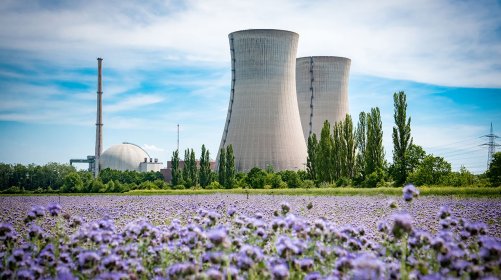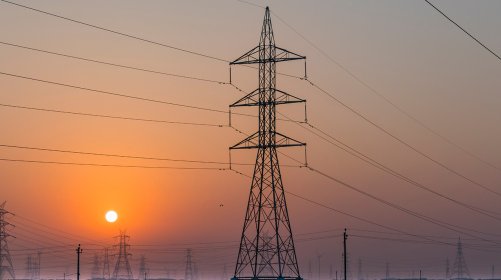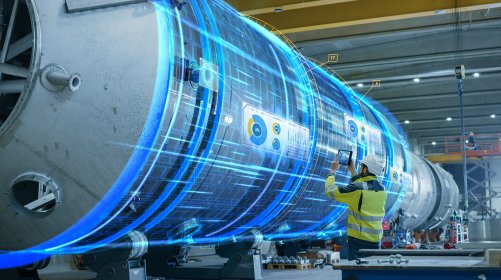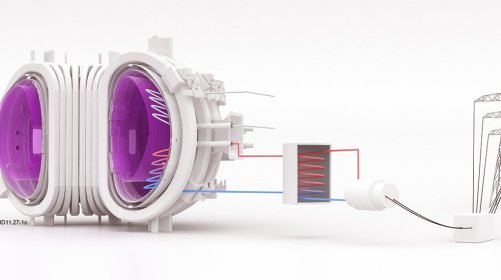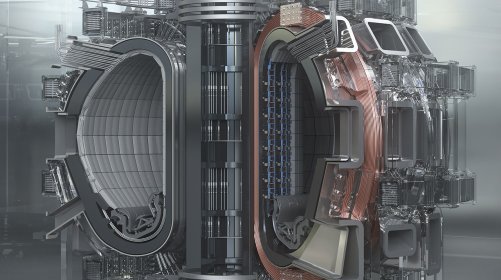
Thermonuclear Fusion Power Plant
A thermonuclear fusion power plant will be clean, safe, sustainable, and produce no CO2. The fuel will be deuterium extracted from seawater and tritium bred inside the reactor from the abundant earth metal lithium. The “waste” from the fusion plant will be the technical gas helium. Several countries have plans for their first demonstration fusion power plant. All of them are based on the tokamak principle and will use knowledge gained from experiments on ITER. The non-reactor part will mostly adopt the well-proven technology of the fission pressurized water reactor. Most projects aim to begin construction around 2030 and be connected to the grid and producing electricity by 2050.



